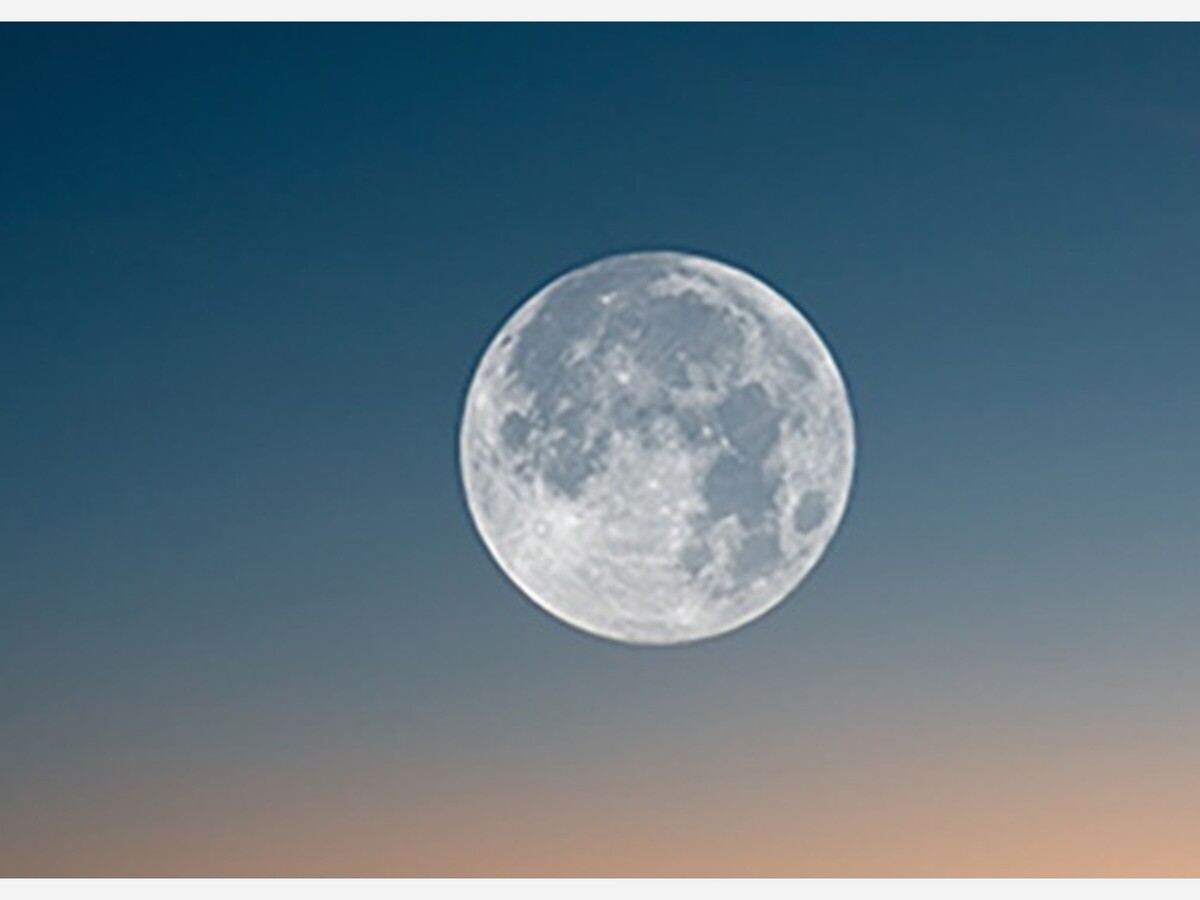Image


The spectacle of a Super Blue Moon gracing the night sky is a captivating event that photographers eagerly anticipate. With its unique blend of a full moon's brilliance and the rarity of a "supermoon," capturing this celestial wonder requires some preparation and a keen eye for detail. Whether you're a seasoned astrophotographer or a casual shutterbug, here are some tips to help you capture the best possible photographs of the Super Blue Moon.
1. Plan Ahead:
Mark your calendar with the date of the Super Blue Moon event. These occurrences are relatively rare, happening around every 2 to 3 years, so planning is crucial. Research the moonrise and moonset times for your location to determine the best window for photography.
2. Gather the Right Equipment:
Invest in a DSLR or mirrorless camera that allows manual control of settings. A sturdy tripod is essential to keep your camera steady during long exposure shots. A telephoto lens with a focal length of 200mm or more will help you capture the moon's details even from a distance.
3. Choose the Right Location:
Scout for a location with a clear and unobstructed view of the horizon where the moon will rise or set. Iconic landmarks or natural elements in the foreground can add depth and context to your shots.
4. Use Manual Settings:
Switch to manual mode on your camera to have full control over settings. Set your ISO to a low value (around 100-400) to minimize noise. Opt for a wide aperture (low f-number) for a shallow depth of field and to let in more light. Start with an exposure time around 1/125 to 1/250 seconds and adjust as needed.
5. Experiment with Exposure:
Bracket your shots by taking multiple exposures at varying settings to ensure you capture the moon's details and surrounding landscape accurately. Overexposing the moon can wash out its details, so adjust your settings accordingly.
6. Focus and Composition:
Achieving proper focus is critical for capturing sharp details of the moon. Use manual focus and zoom in on the moon's surface to adjust the focus until it's crisp. For composition, follow the rule of thirds and consider placing the moon off-center for a more visually appealing shot.
7. Incorporate the Environment:
Including elements such as silhouetted trees, buildings, or people can provide a sense of scale and add drama to your photographs. Experiment with different foreground elements to create visually captivating compositions.
8. Consider HDR Techniques:
To balance the bright moon with the darker landscape, consider using High Dynamic Range (HDR) techniques. Combine multiple exposures (usually one for the moon and one for the landscape) in post-processing to achieve a well-balanced final image.
9. Capture Moonlit Landscapes:
After photographing the moon itself, use the moonlight to illuminate the landscape around you. This can lead to stunning nightscapes with a dreamy, ethereal quality.
10. Post-Processing:
Once you've captured your images, use post-processing software to enhance your shots further. Adjust the contrast, highlights, and shadows to bring out the moon's textures and the details of the landscape.
Remember, photographing the Super Blue Moon is not just about technical expertise; it's also about creativity and experimentation. Each shot you take is a unique perspective on this rare celestial event. So, venture out with your camera, embrace the beauty of the night sky, and let your creativity shine as you capture the magic of the Super Blue Moon.